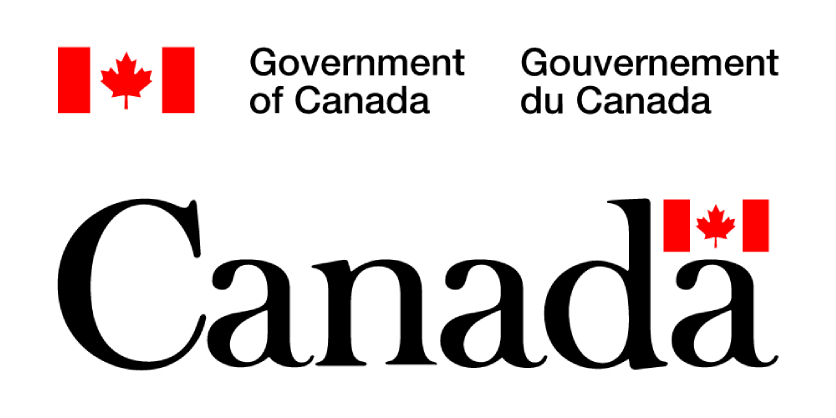Canada Takes Decisive Action to Protect Auto Industry and Workers
October 24, 2025

The Government of Canada is delivering on its commitment to protect Canada’s auto industry and workers. On October 23, the Minister of Finance and National Revenue, the Honourable François-Philippe Champagne, and the Minister of Industry and Minister responsible for Canada Economic Development for Quebec Regions, the Honourable Mélanie Joly, jointly announced significant reductions to the import quotas of General Motors (GM) and Stellantis.
This action follows the automakers’ unacceptable decisions to scale back their manufacturing presence in Canada, directly breaching their commitments to the country and Canadian workers.
On April 15, 2025, the Government implemented an auto remission framework allowing Canada’s automakers to import a set quantity of vehicles from the U.S. counter-tariff free, provided that specified production levels are maintained. For automakers that have reduced or paused manufacturing in Canada as a result of facility retooling, remission has also been provided on the condition that production at those facilities resumes.
GM’s decision to reduce their production in Oshawa and in Ingersoll facilities, and Stellantis’ decision to cancel its production plans for the Brampton assembly plant goes against their commitments to Canada and Canadian workers. For these reasons, the government is reducing General Motors’ annual remission quota by 24.2 per cent, and is reducing Stellantis’ annual remission quota by 50 per cent.
This decision aligns with the government’s long-standing position: we expect these companies to meet their contractual obligations and respect their commitments towards Canada and their workers.
Quotes
“Our government is committed to maintaining a strong Canadian automotive industry and the well-paying jobs that come with it. We are deeply disappointed with the production changes recently announced by General Motors and Stellantis. These unacceptable decisions are in contravention of their legal obligations to Canada and the Canadians workers, which is why we are reducing their import remission quotas. Our government stands firmly with its auto industry and its workers and will not hesitate to take strong action to protect it, and ensure that support goes only to those who invest in Canada’s future”
– The Honourable François-Philippe Champagne, Minister of Finance and National Revenue
“Our government will never waver in our commitment to our auto industry and its workers across this country. Today’s amendments to Canada’s remissions framework are in direct response following production changes recently announced by Stellantis and General Motors. We will always defend and protect Canada’s auto industry and its workers, they deserve nothing less.”
– The Honourable Mélanie Joly, Minister of Industry and Minister responsible for Canada Economic Development for Quebec Regions
Quick facts
- An April 15, 2025, the government implemented an auto tariff remission framework to maintain Canada’s auto manufacturing footprint and protect Canadian workers.
- This framework allows Canada’s automakers to import a set quantity of vehicles from the United States counter-tariff free, provided that specified production levels are maintained and companies follow through on their planned investments in Canada.
- Every quarter, production levels are assessed against forecasted production established prior to the implementation of tariffs and the government determines whether quota volumes should be amended. Companies must also follow through on promised investments to continue to be eligible for remission.
- For decades, Canada’s auto sector has been creating good, middle-class jobs and driving economic growth.
- Canada’s auto industry supports approximately 125,000 direct jobs, 80 per cent of which are located in Ontario, and comprises approximately 8 per cent of the manufacturing GDP and 0.7 per cent of the overall GDP.
- In 2024, Canada produced about 1.3 million light-duty vehicles, of which about 1.1 million vehicles were exported to the U.S.
Related Story
Protecting Windsor Auto Workers
Recently, at Unifor Local 444, the Honourable Rechie Valdez, Minister of Women and Gender Equality and Secretary of State (Small Business and Tourism), outlined how the federal government’s tariff-response measures will support Ontario’s auto workers, parts suppliers and original equipment manufacturers (OEMs). The focus is clear: Keep paycheques coming, help firms manage cash flow, and make the investments needed to stay competitive through the trade disruptions.




